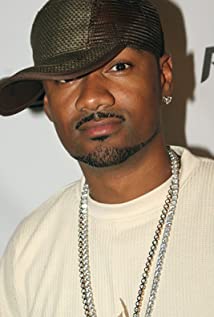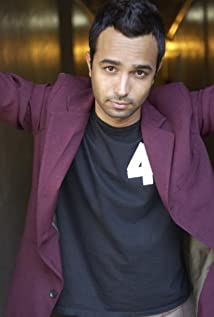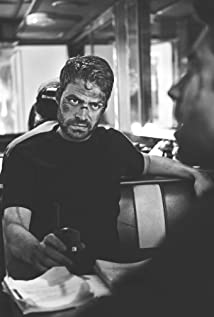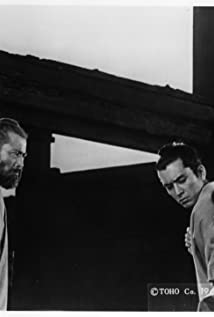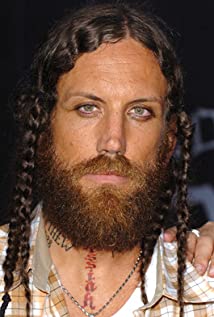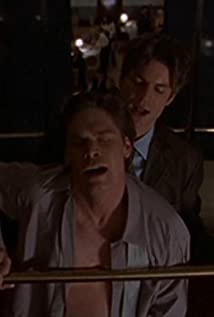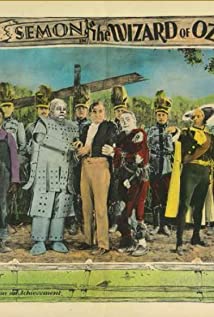
As per our current Database, Frank Alexander has been died on 8 September, 1937 at Los Angeles, California, USA.
When Frank Alexander die, Frank Alexander was 58 years old.
| Popular As | Frank Alexander |
| Occupation | Actor |
| Age | 58 years old |
| Zodiac Sign | Gemini |
| Born | May 25, 1879 (Olympia, Washington, USA) |
| Birthday | May 25 |
| Town/City | Olympia, Washington, USA |
| Nationality | USA |
Frank Alexander’s zodiac sign is Gemini. According to astrologers, Gemini is expressive and quick-witted, it represents two different personalities in one and you will never be sure which one you will face. They are sociable, communicative and ready for fun, with a tendency to suddenly get serious, thoughtful and restless. They are fascinated with the world itself, extremely curious, with a constant feeling that there is not enough time to experience everything they want to see.
Frank Alexander was born in the Year of the Rabbit. Those born under the Chinese Zodiac sign of the Rabbit enjoy being surrounded by family and friends. They’re popular, compassionate, sincere, and they like to avoid conflict and are sometimes seen as pushovers. Rabbits enjoy home and entertaining at home. Compatible with Goat or Pig.


Frank "Fatty" Alexander was an obese comedian who appeared in silent one- and two-reel slapstick comedies as a side-kick before co-starring with two other heavyweights, Hilliard Karr and 'Kewpie Ross' in F.
B.O.'s low-budget "Ton of Fun" series at the end of the silent era. Born in Olympia, Washington on May 25, 1879, Frank Alexander was a cowboy and stage driver prior to ballooning up in weight and turning his attention away from the bright lights of the open spaces to those of Hollywood.
He made his screen debut with Keystone in support of screen comedian Syd Chaplin in Gussle's Backward Way (1915), the eighth of Chaplin's nine "Gussle" comedies, and his debut as his own director. Ironically, Syd -- Charles Chaplin's older half-brother -- had made his own acting debut the year before in Fatty's Wine Party (1914), with the great man himself, Roscoe "Fatty" Arbuckle, after whom Alexander modeled his screen persona.
Paramount's biggest star at the time of his fall from grace after his three manslaughter trials for the death of Virginia Rappe, the original "Fatty" at 266 lbs. couldn't match Frank Alexander, who topped the scale at 350 lbs.
Although Syd Chaplin continued with his Gussle character for one more movie, Alexander did not appear as his sidekick, although he stayed on the Keystone lot. His next appearance was as a fireman in the Mack Swain vehicle When Ambrose Dared Walrus (1915).
After moving over to Fox for a couple of comedies with Harold Lloyd in 1917, Alexander caught on with comedian Larry Semon, a white-faced comedian whose screen popularity and income rivaled that of the great Charlie Chaplin himself.
Alexander became a member of Semon's stock company at Vitagraph along with Oliver Hardy, whom Alexander made look as svelte as his future partner Stan Laurel. From 1918's Pluck and Plotters (1918) to 1925's The Perfect Clown (1925), Alexander would appear in 27 Semon films, including Babes and Boobs (1918), Bathing Beauties and Big Boobs (1918), and Boodle and Bandits (1918).
Kid Speed (1924) was typical of Semon's two-reel farces that were filmed quickly at the Charles Ray Studios.Fatty played Avery DuPays (a pun on avoirdupois), the city's wealthiest man, who will marry off his daughter Lou (Dorothy Dwan) to whomever wins the Big Auto Race.
The Speed Kid (Semon) and Dangerous Dan McGrew (Oliver "Babe" Hardy) are in love with Lou, but she seems to prefer the Kid (her real life husband, Semon). Fatty's character favors the wealthier McGrew, who sabotages the brakes on The Kid's race car.
Despite this problem, or more likely, because of it, -- the Kid wins both the race and the girl. The entire second reel features the race, which features The Speed Kid barreling through a farm house and emerging covered in a sheet, thus evoking the specter of the Ku Klux Klan and scaring his African- American sidekick/mechanic Spencer Bell (often billed by Semon with the highly imaginative moniker "G.
Howe Black" and mostly forced to play the crude stereotype). At one point, former world's heavyweight boxing champion James J. Jeffries (the Great White Hope himself!) comes on-screen as a blacksmith just to punch "Babe" Hardy in the nose!Alexander ended his association with Semon after playing Dorothy's father in Semon's "Wizard of Oz" (1925), a box office flop that finished off Semon personally and professionally.
Frank Alexander made avoirdupois, if not screen history, as "Fatty" Alexander, part of "A Ton of Fun", one of three very fat comedians who appeared in a series of two-reel slapstick comedies produced by 'Joe Rock' from 1925-1927.
The team made its debut in 1925's Tailoring (1925), with Fatty using the moniker 'Tiny' (which Alexander also used in "All Tied Up" (1925), directed by and co- starring beanpole comic actor Slim Summerville.
The shorts were made by Poverty Row studio Standard Photoplay Co. and released by Joseph P. Kennedy's Film Booking Office (F.B.O.), the precursor to R.K.O Radio Pictures.Advertized by F.B.O. as the "three fattest men on the screen, "Fatty romped across the screen in with fellow fat men Hilliard Karr (a.
k.a. "Fat" Karr) and Kewpie Ross in 34 shorts, many with the adjective "Heavy" in the title (The Heavy Parade (1926), Heavy Fullbacks (1926), Heavy Infants (1928) and the strangely named Heavyation (1926)).
Also billed as "The Three Fatties", the "Ton of Fun" team offered the most anarchic comedy per pound available at the time or after. In the series entry Three of a Kind (1981), The Three Fatties play entertainers at a nightclub/restaurant.
In short order, a melee breaks out between the audience and A Ton of Fun, with the expected result of tables overturned and dishes smashed.After making the last "Ton of Fun" comedy in 1928, A Joyful Day (1928), Alexander became a supporting player at Hal Roach Studios in two of director Leo McCarey's shorts, Feed 'em and Weep (1928) and Madame Q (1929) starring Edgar Kennedy.
With the coming of the sound era, Fatty Alexander's career tailed off. At Roach, he appeared in support of 'Harry Langdon' in The Shrimp (1930), but was then bounced around among the studios, including Roach, Universal and R.
K.O., playing bit parts as fat men. He appeared in support of Zazu Pitts in two of her comedies, then did a turn in the early 'George Stevens' comedy The Kick-Off! (1931). His last movie was 1933's "The Barber Shop" starring W.
C. Fields, in which he appeared as in an unbilled bit part.Frank "Fatty" Alexander, 58, died in his 4155 Lankershim Blvd. home on September 8, 1937 in Los Angeles, California. His "Variety" obit called him a 440-pound comic.

